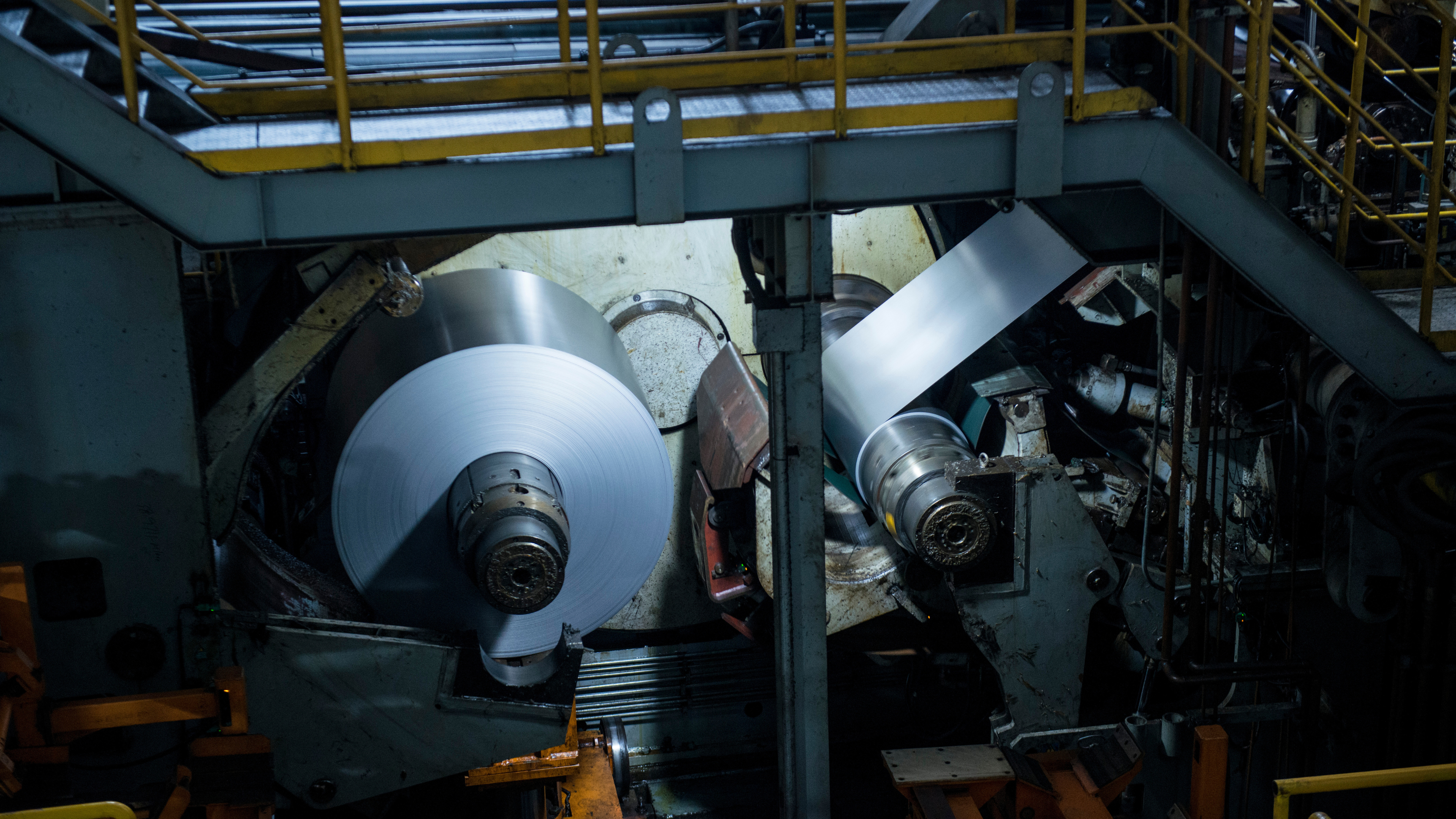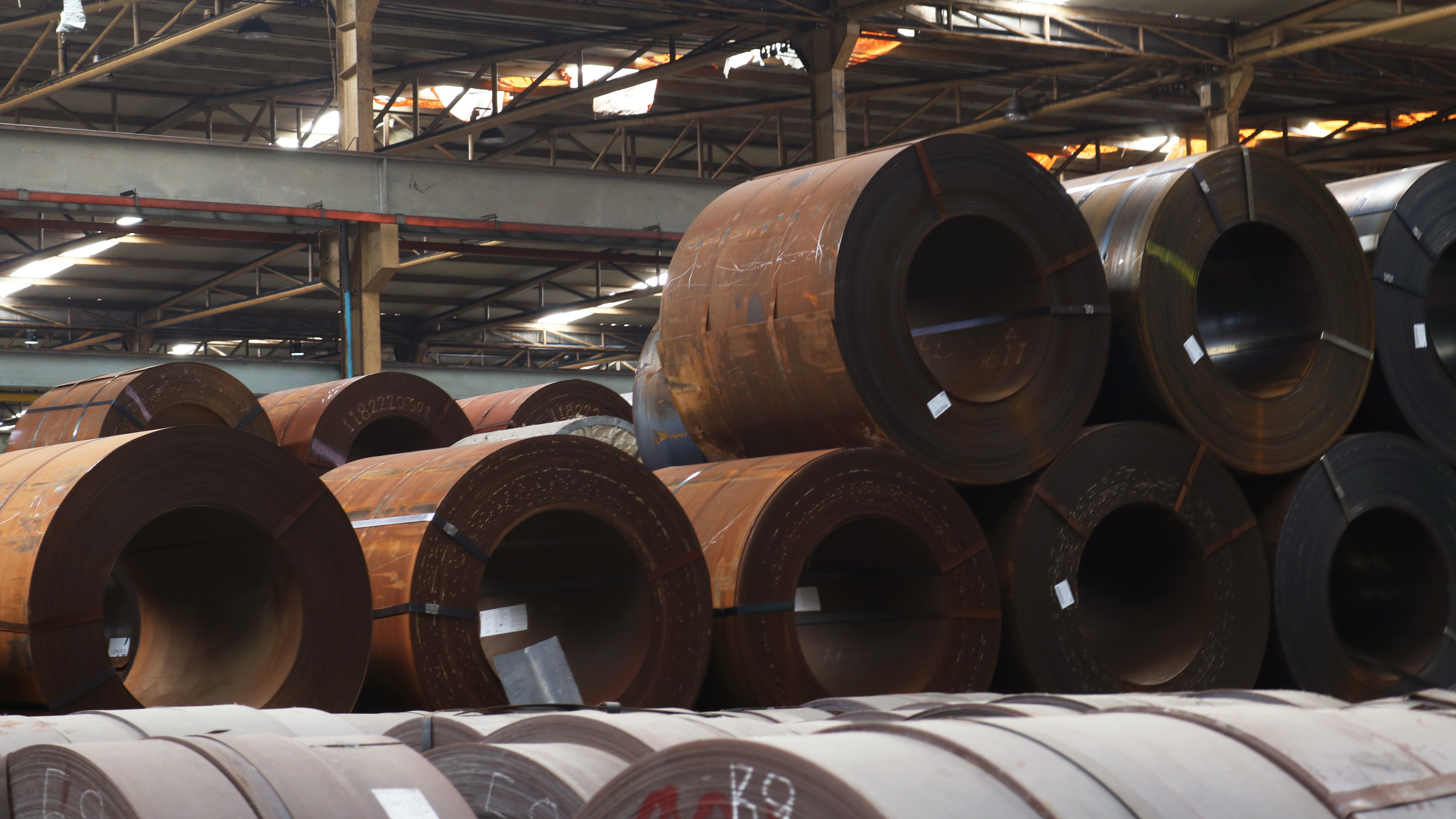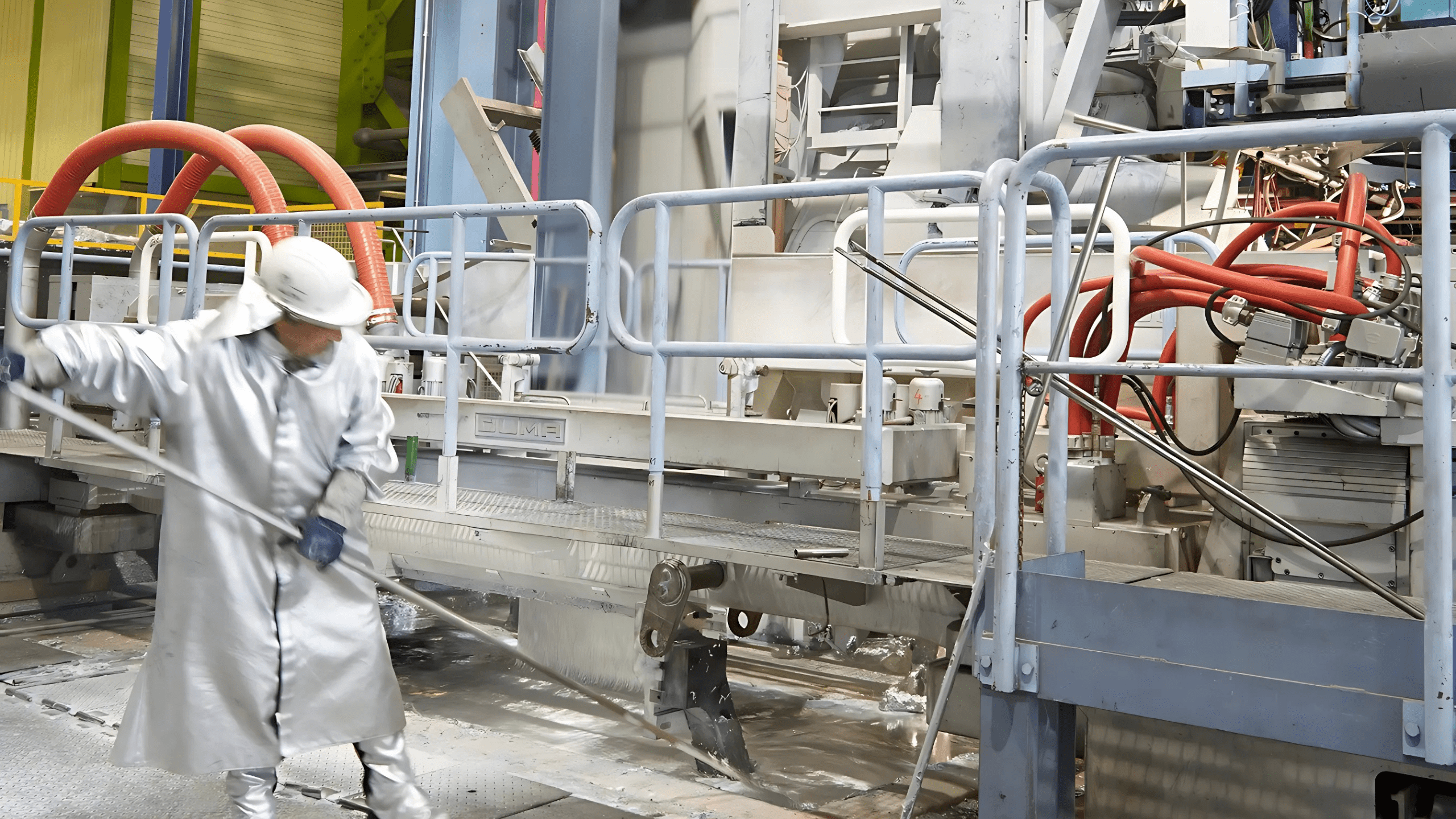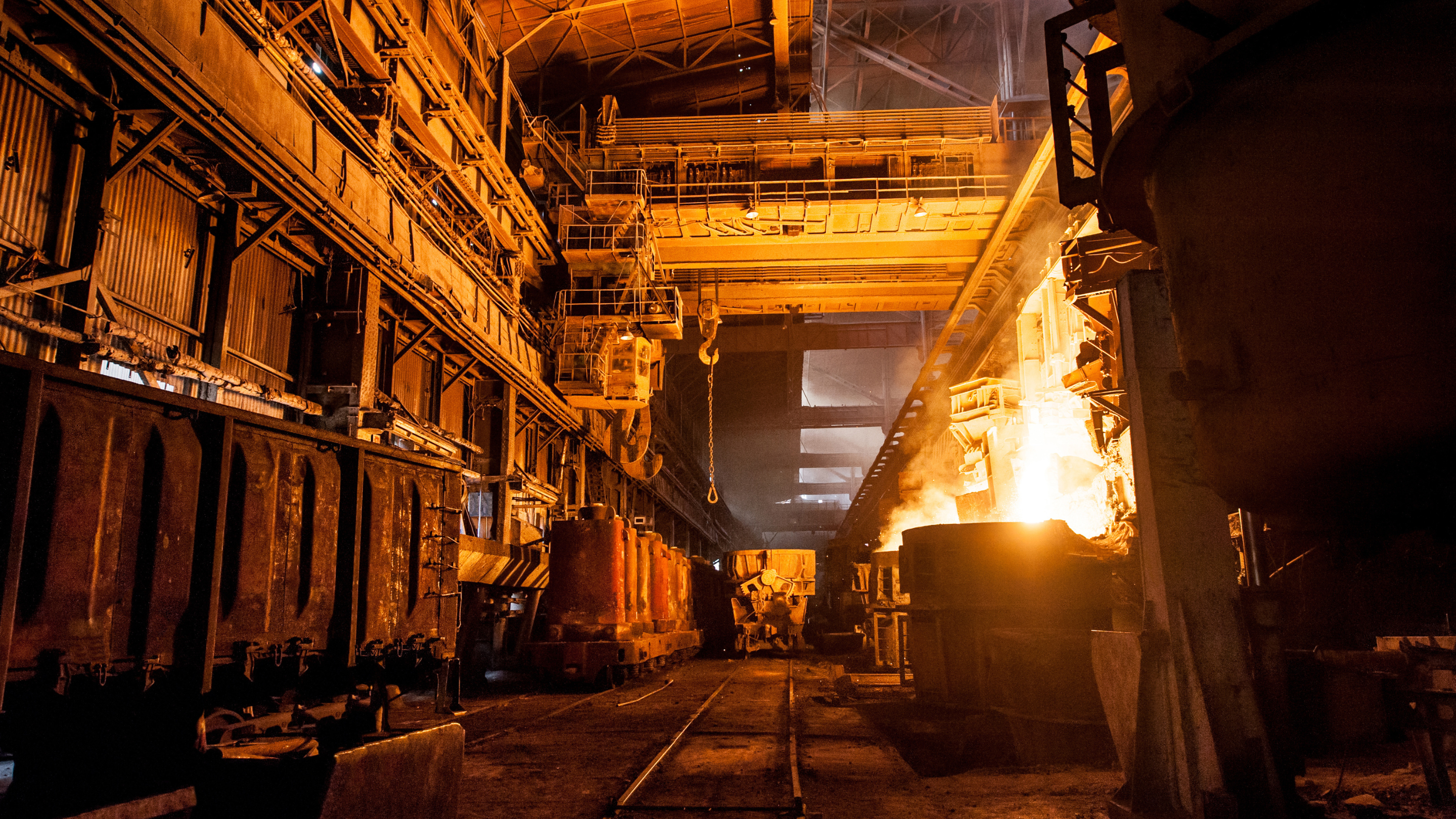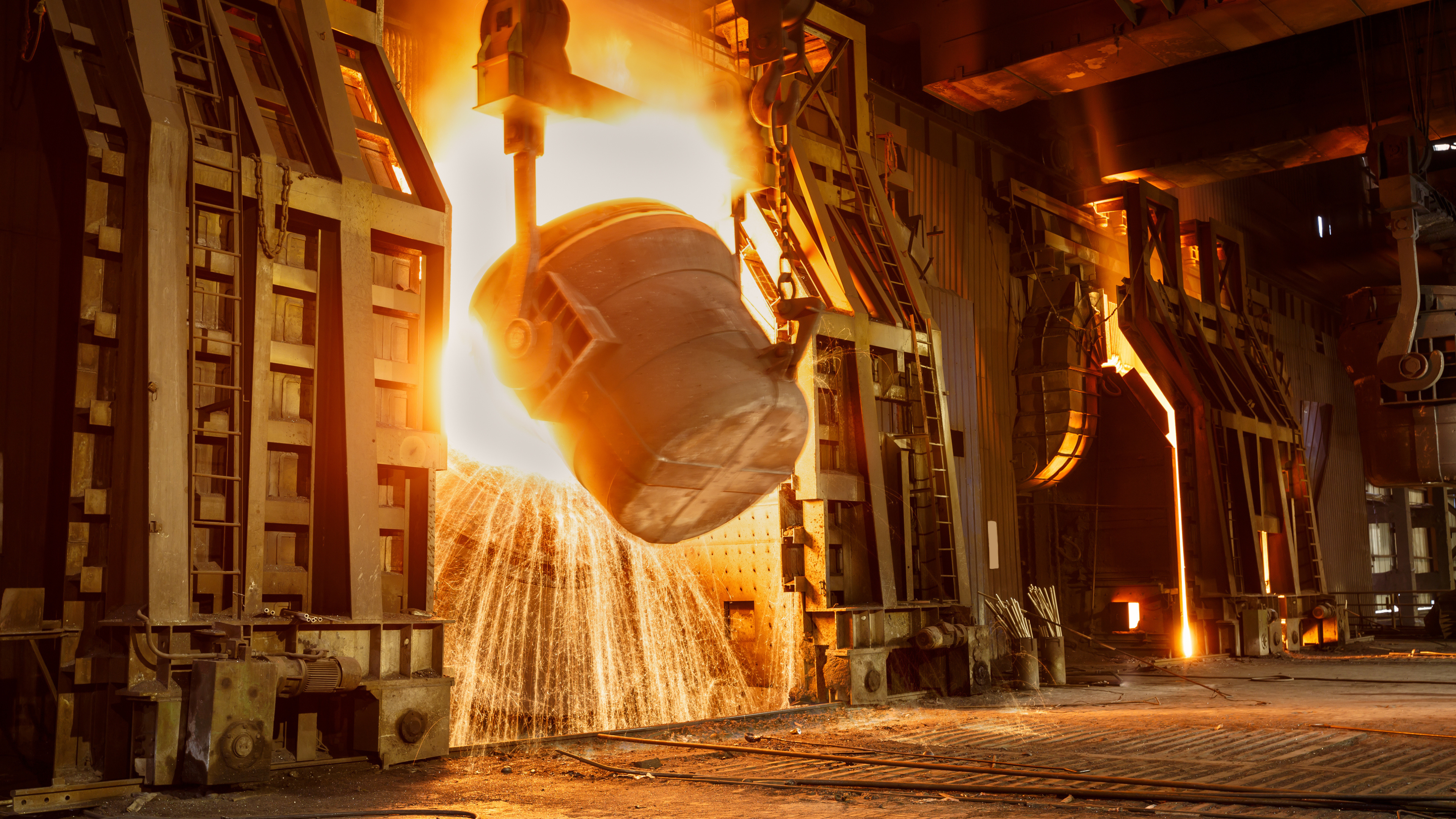Key Takeaways
- Comprehensive Process Analysis – A systematic review of the hot rolling process identified key factors contributing to edge cracking in duplex stainless steel plates.
- Enhanced Product Quality – Improved slab handling, including edge chamfering, significantly reduced edge cracks and improved final product quality.
- Optimised Chemical Composition – Adjusting the balance of ferrite and austenite in the steel enhanced hot workability and reduced defects.
- Controlled Cooling Procedures – Modifications to the cooling rate during rolling prevented the formation of brittle sigma phases, improving plate reliability.
Overview
A duplex stainless steel (DSS) producer in India was experiencing significant edge cracking during the hot rolling of 300mm thick slabs, impacting both productivity and quality. The client approached Steel Hub for assistance in reducing the extent of edge cracks to enhance process efficiency and lower the defect rate.
Challenge
- The main challenge was to identify the root cause of edge cracking of DSS plates.
- Provide practical solutions to improve the reliability of the hot-rolled plates.
Edge chamfering process reducing cracks in hot-rolled stainless steel plates.
Edge Crack Reduction
80%
Solution
- Steel Hub’s expert team conducted a thorough analysis of the hot rolling processes, covering each stage from slab preheating to the finishing stands and coiling.
- Utilised fishbone diagrams to systematically identify factors contributing to edge cracking and other defects.
- Recommended specific adjustments and improvements across the hot rolling line to enhance product quality and minimise defect rates.
Results
- Enhanced Product Quality: Improved handling and processing techniques, such as slab edge chamfering, significantly reduced the incidence of edge cracks, thereby enhancing overall product quality.
- Optimised Chemical Composition: Achieved a balanced chemical composition between ferrite and austenite, improving the steel’s hot workability.
- Controlled Cooling Procedures: Modified procedures to control the cooling rate of slabs during rolling, preventing the formation of brittle sigma phases that adversely affect the hot workability of the plates.

